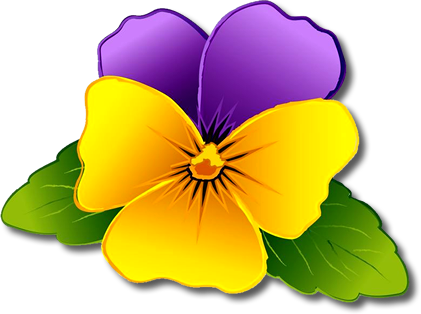
24 Westbrae Nursery
January 22, 2021
26 The Garden Corner
February 5, 2021Conifer Crazy
W hy do spruce, pine, fir, juniper, cedar, redwood and cypress fall under the category of conifers? Because they produce cones, have needle-like leaves and because they are evergreen—with a few exceptions like Metasequoia glyptostroboides (Redwood Dawn) or Taxodium distichum ‘Cascade Falls’ (Cascade Falls Weeping Bald Cypress) which I have no desire to take a picture of in dead of winter because it looks like a twig.
Here's one that doesn't.
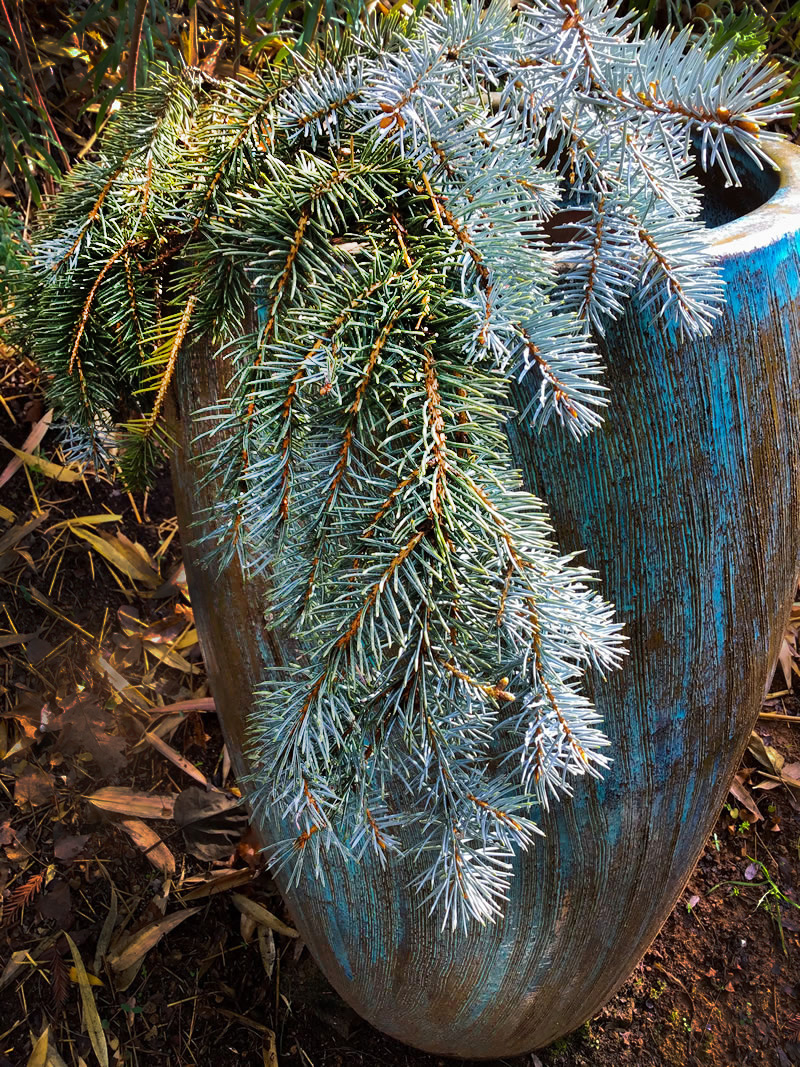
Picea pungens (Blue Spruce)
Most people think of conifers as roundy, pyramidy, pokey plants. But they have many growth patterns such as horizontal, erect and stiff, or weeping. Not to mention some have soft and puffy needles or come in various greens, blues, greys, golds, even chartreuse.
I use conifers in the landscape for structural backbone, specimen plants or for repetition—though sometimes not repeated with the same species, rather with those of similar color and growth pattern.
They can be difficult to design with, so if designing a grouping of plants for a customer, I do it at the nursery on a cart. That way I can play with color, shapes and sizes before buying. If I'm designing for me, I just buy what I want and think later!

TOP: Picea pungens (unknown variety)
LEFT: Dianthus gratianopolitanus ‘Electra’
RIGHT: Stachys byzantina ‘Lamb’s Ear’
No matter the species, conifers tend to be thick and dense-looking and if they require full sun exposure (as most do) I balance their look by using plants with small blossoms like Salvia, Gaura, Coreoposis, Dianthus and Geum. Plants with contrasting leaves work well too in combination with conifers. Good design puts yin-yang into the garden.
For conifers that prefer shade to part shade, I like pairing them with plants that have large blooms.

Picea pungens (unknown variety), Rhododendron (unknown variety)
Don't you love this beautiful backdrop that showcases the Rhododendron blossoms?
Before incorporating conifers in your garden, do your research. You can learn a lot online, but really there is no substitute for looking a conifer right in the eye.
It is amazing that this Mugo Pine is green in spring and summer then turns brilliant yellow-gold in fall and winter then back to green again.
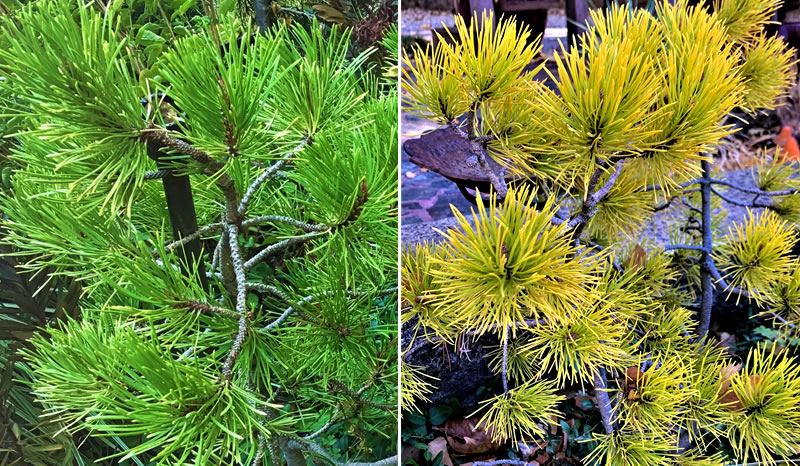
Pinus mugo ‘Winter Sun’
This particular Mugo Pine is expensive at $99 for a 3-gallon. But so well worth it. Whenever I put one in a client's landscape, I don't tell them about the color change. I want it to be a surprise—and they love it!
My point is, you won't see this color change if you don't visit nurseries in all the seasons. It is a way to get to know a plant's habits before you buy. When a rare plant comes in at a nursery since my last visit (which could have been yesterday!), I start up a conversation with a salesperson. Good nursery people will have answers because we all learn to know the plants we work with every day.
Or live with. As I’ve mentioned, my husband and I were born and raised in Humboldt County, California, where world-famous conifers—the redwoods—grow along with another well known plant...
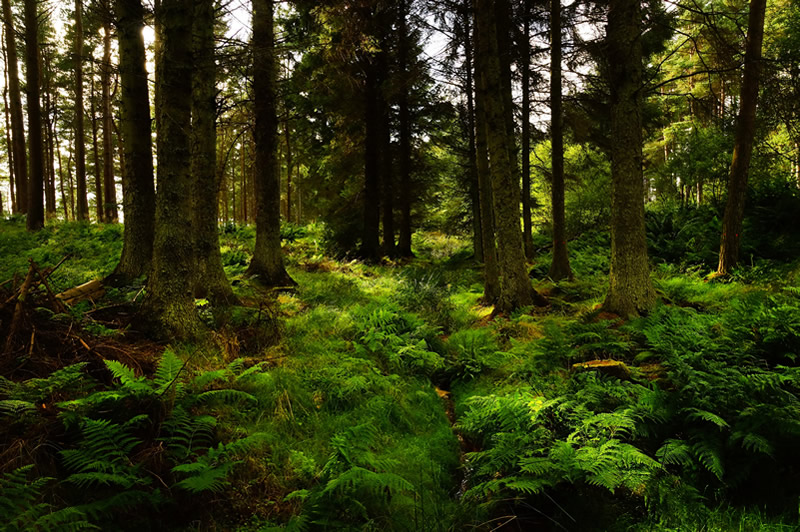
Sequoia sempervirens Coast Redwood (with ferns)
I grew up in the little town of Freshwater, 7 miles east of Eureka. I lived on a hill surrounded by redwood trees which served as playground for my parents’ crapload of kids.
So my husband and I just had to install redwoods here at our place. We have a total of 14 trees divided among driveway, pool, and play area. Well it never used to be a play area until that grandchild came along and drastically lowered my standards of garden space usage.
Once, in preparation for a very big day, we had to do a lot of explaining to our grandson as to why his toys were being moved.

Sequoia sempervirens ‘Soquel’ as backdrop for grandson's play and for our daughter's wedding.
So here’s a pet peeve (one of my thousand as you are coming to know). It chaps my hide when people install redwoods and do not give them enough water to survive. They are called Coast Redwoods and Coast should be a clue. Hello people! These are not heat-loving trees. Please accommodate them with ample water. Just please!
And space them 10 to 12 feet apart, minimum, including away from a house or a fence line. When a new client asks me what can be done about redwoods that are too close to the fence and house, you can imagine my annoyed reply—even though most people did not plant those trees there themselves. Some idiot landscape contractor planted them there wanting to create instant beauty for their clients. Excuse me!? No beauty comes from plant idiocy!
If you're looking to find a landscape contractor, find one who designs at plant maturity not at the size of the plant in a one-gallon pot. (Huge eye roll.)
Now on to another conifer. I have several of these cedars throughout my gardens.
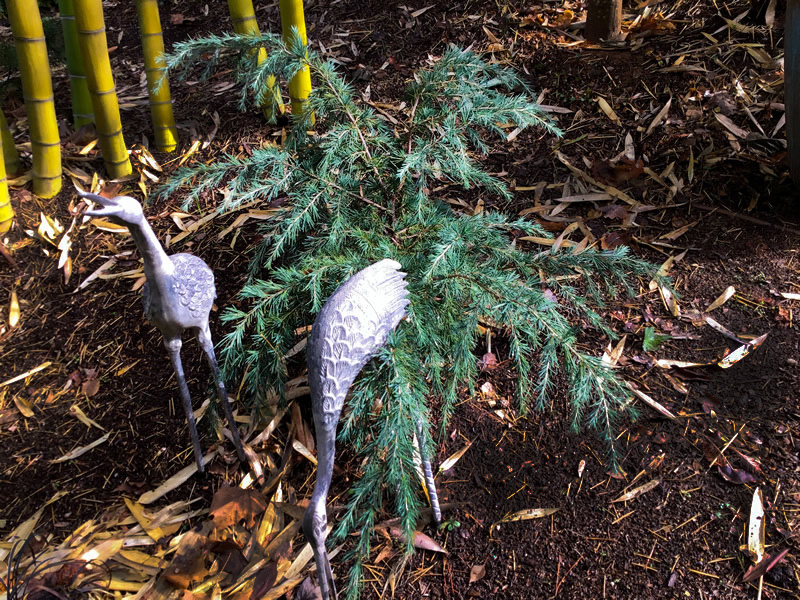
Cedrus deodara ‘Feelin’ Blue’
This dwarf variety reaches a max growth of 2-feet tall by 6-feet wide. I absolutely LOVE its weeping nature.
The best part about having conifers in your landscape is that there is literally zero maintenance. This one has been in the ground for over 10 years and the only maintenance I’ve ever had to do is prune out some bottom branches that were lying on the ground. Oh...plus pick damn bamboo leaves out of it!
Here's another of the same which I installed about 4 years ago along a walkway.
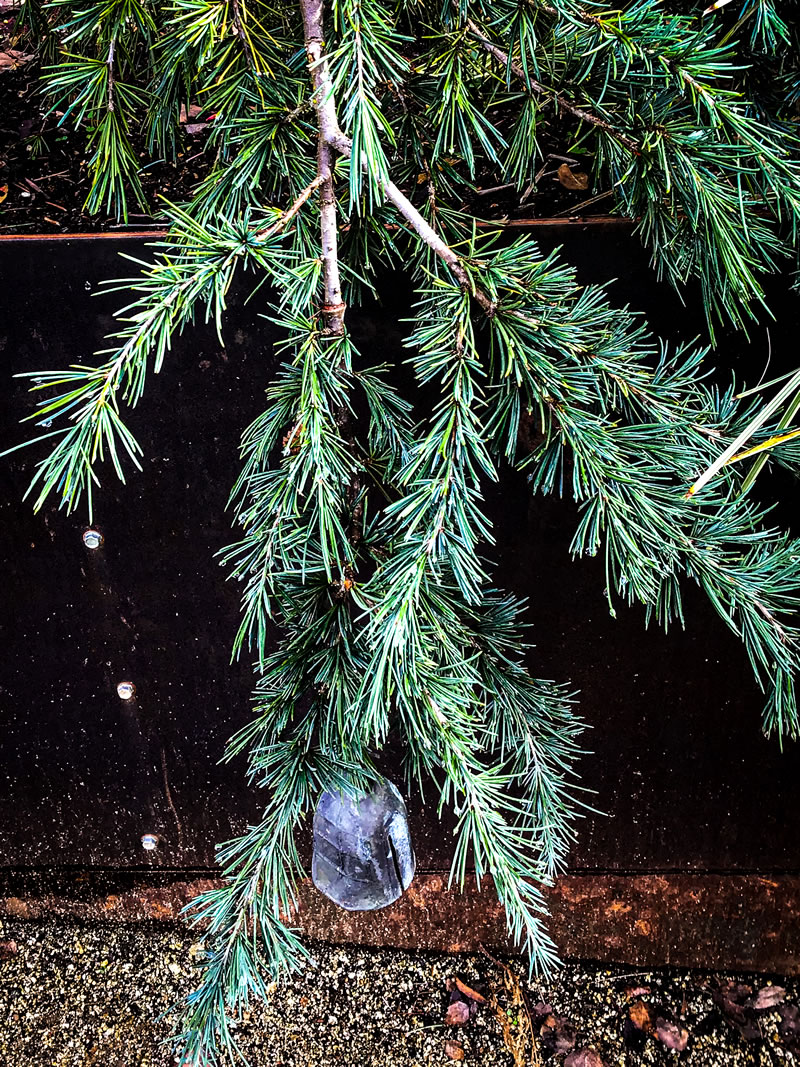
Cedrus deodara ‘Feelin’ Blue’
When it started encroaching on the path, I tweaked its growth pattern a tad and hung a "weight" on it to make it grow down instead of out.
Another lesson, friends. Besides not installing plants too close to buildings and fences, do NOT put them where they will encroach on a walkway or driveway either. Not unless you enjoy pruning every year and hearing your husband complain every time he walks down to the pool that they're "itchy." (Oh, for plant heaven's sake!!!...)
BUT...me being ME, I knew what I wanted. And I knew I could achieve it by making this cedar grow downward. (And well, if it doesn't...it’s not like I've never dug up a damn plant before that was either in the wrong spot or refusing to live up to my expectations.)
To showcase all the beautiful conifers I want to share will take more than this one blog post. So stay tuned for future conifer crazy conversation!
Meanwhile, now is the time of year—winter—when nurseries stock up. So it's the perfect time for you to head out and get a conifer (or conifers!) to beautify your garden spaces.
Are you still sitting there?
Photos courtesy Sheri Lynn Burke. All rights reserved.

